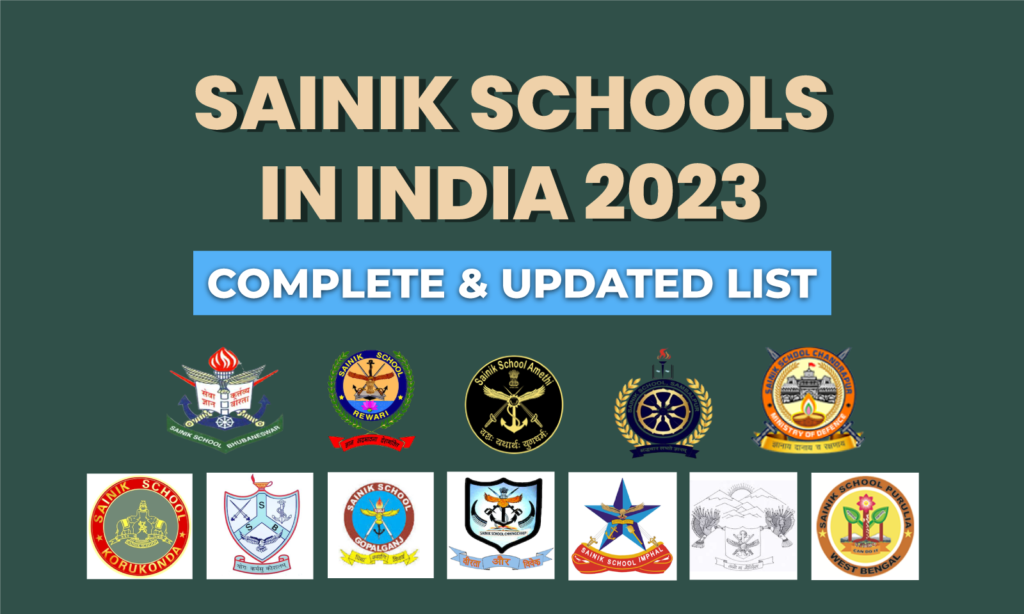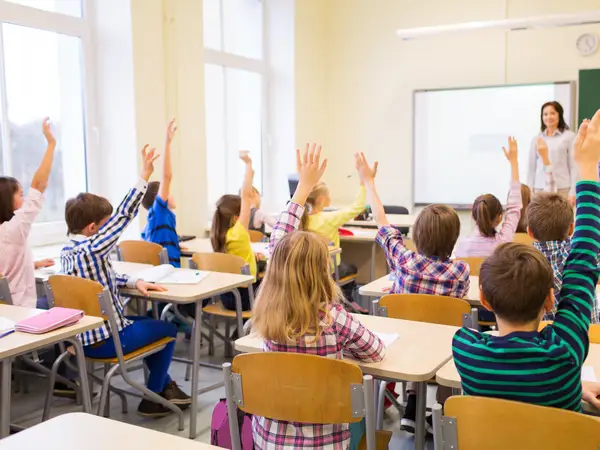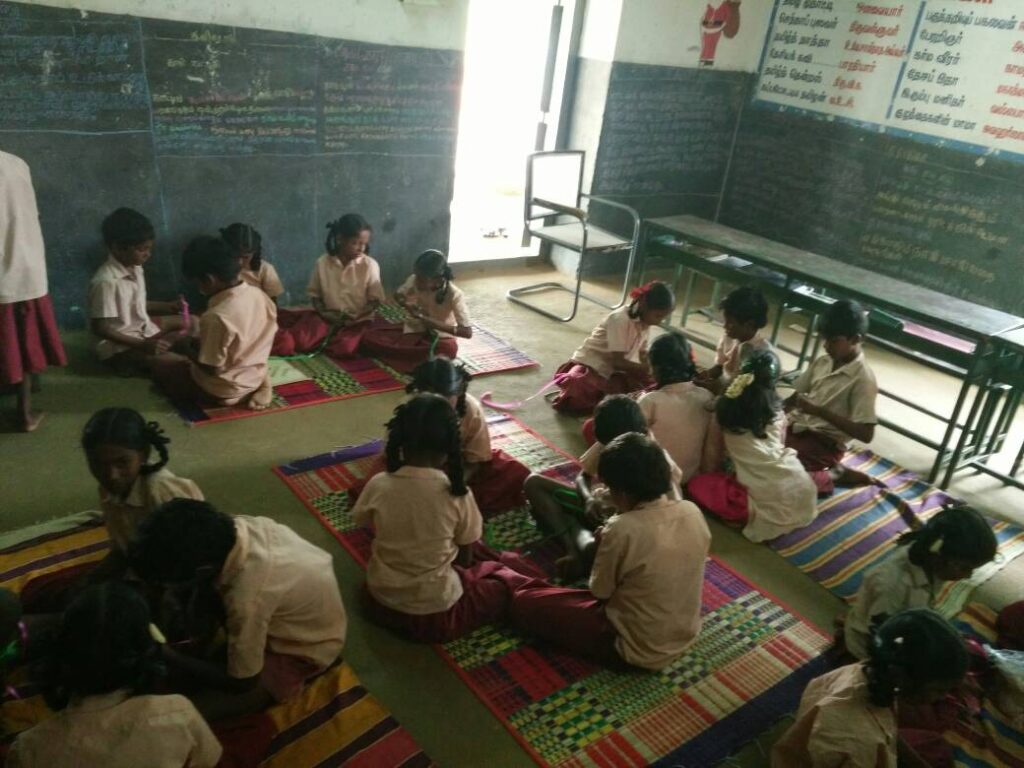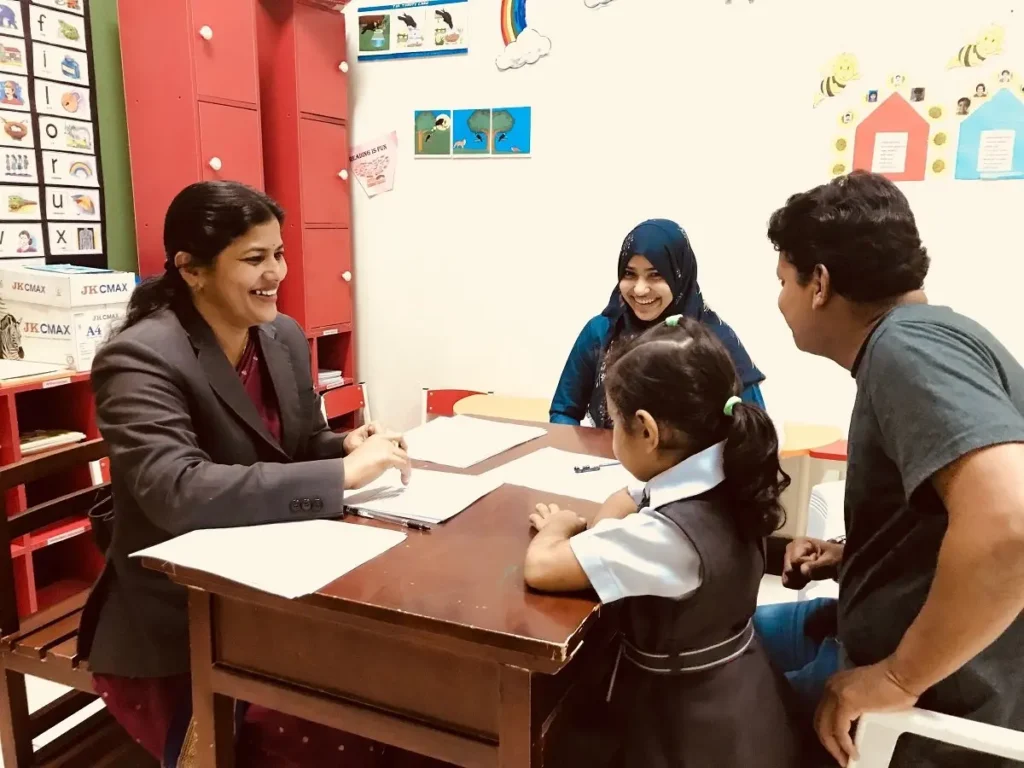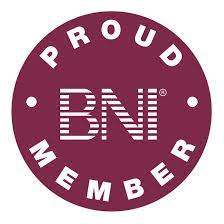Fitness is a crucial aspect of a healthy lifestyle, and it should be encouraged at every age. School Fitness Khelo India is an initiative that aims to promote sports and fitness among the youth of the country. This initiative was launched by the Ministry of Youth Affairs and Sports, Government of India, in 2018.
Khelo India focuses on creating a sporting culture in the country and aims to identify and nurture talented athletes at the grassroots level. The initiative provides a platform for young athletes to showcase their skills and compete at the national level. Khelo India also aims to promote the development of sports infrastructure in the country.
One of the key components of the Khelo India initiative is school fitness. The program aims to encourage school children to adopt a healthy and active lifestyle and make fitness a part of their daily routine. The program is designed to promote physical activity among school children and to create awareness about the importance of fitness.
The school fitness program under Khelo India includes a range of activities that are suitable for children of all ages. These activities include yoga, athletics, team sports, and other physical activities. The program also includes training sessions for teachers and coaches to ensure that they are equipped to deliver high-quality fitness instruction.
The school fitness program has many benefits for children. Regular physical activity can help children maintain a healthy weight, improve their cardiovascular health, and strengthen their muscles and bones. Physical activity also has mental health benefits, as it can help reduce stress and anxiety and improve mood and self-esteem.
In addition to the benefits for children, the school fitness program also has wider benefits for society as a whole. By promoting physical activity among children, the program can help reduce the burden of non-communicable diseases such as diabetes, hypertension, and heart disease. The program can also contribute to the development of a healthier and more active population.
In conclusion, the Khelo India initiative is an important step towards promoting sports and fitness in India. The school fitness program is a crucial component of this initiative, as it aims to encourage school children to adopt a healthy and active lifestyle. By promoting physical activity among children, the program can have far-reaching benefits for both individuals and society as a whole.
Read more articles here



